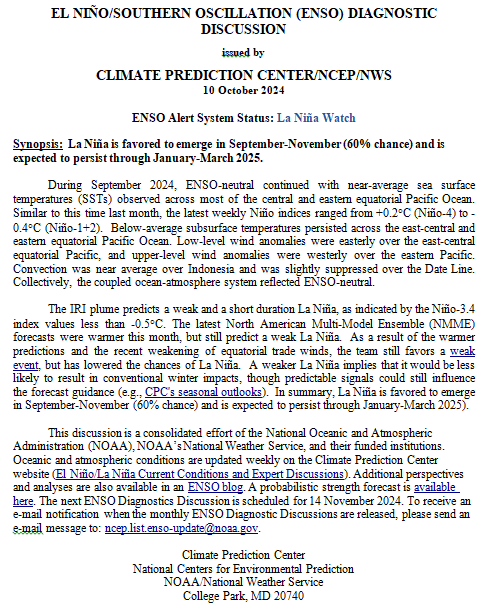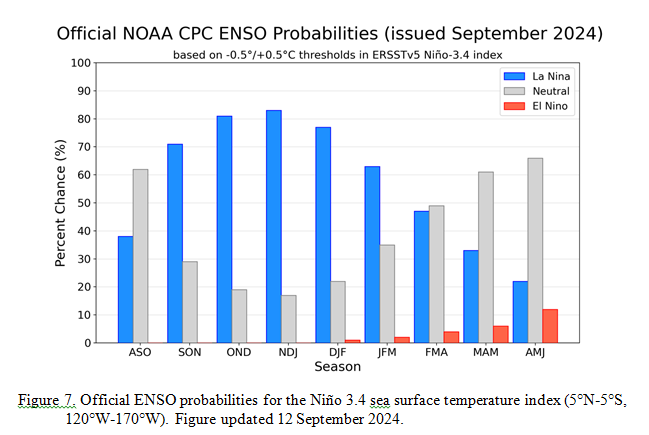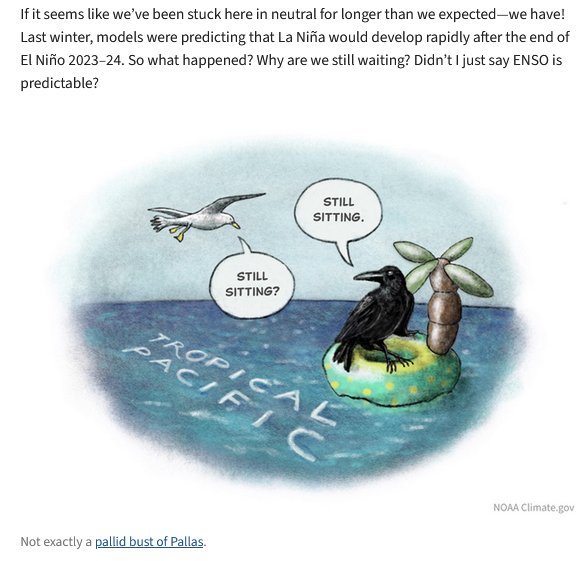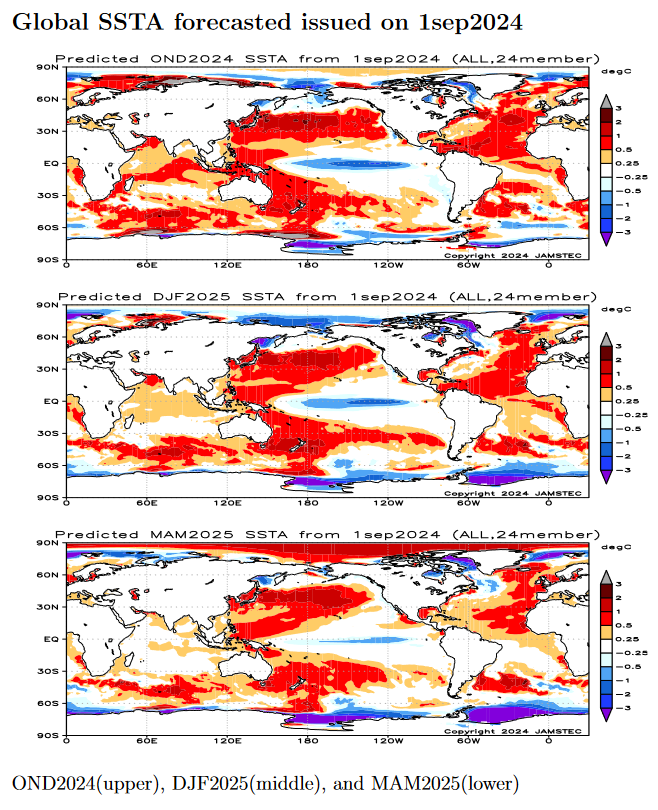Weather Outlook for the U.S. for Today Through at Least 22 Days and a Six-Day Forecast for the World: posted October 12, 2024
This article focuses on what we are paying attention to in the next 48 to 72 hours. The article also includes weather maps for longer-term U.S. outlooks (up to four weeks) and a six-day World weather outlook which can be very useful for travelers.
First the NWS Short Range Forecast. The afternoon NWS text update can be found here after about 4 p.m. New York time but it is unlikely to have changed very much from the morning update. The images in this article automatically update.
Short Range Forecast Discussion
NWS Weather Prediction Center College Park MD
Sat Oct 12 2024
Valid 12Z Sat Oct 12 2024 – 12Z Mon Oct 14 2024…Record-breaking heat forecast this weekend from parts of the Southwest
eastward into the central and south-central United States……Developing storm system to bring unsettled weather to the Ohio Valley,
Great Lakes, and Northeast through early next week……Locally heavy rain possible over southeast Florida…
An expansive ridge of high pressure stretching from the Southwest to the
central and southern Plains will result in continued record-breaking heat
across portions of the Desert Southwest this weekend. High temperatures
are forecast to reach into the upper 90s and triple digits, which is well
above normal for this time of year. Meanwhile, anomalous late-season heat
will also span into the central and south-central U.S. today with highs
ranging from the upper 80s to upper 90s. Numerous daily record high
temperatures are possible. By Sunday, a cold front will squash the most
searing heat southward, bringing some quick relief to the central Plains.
South of the front, yet another day of record heat is likely from Arizona
eastward through central Texas into the Lower Mississippi Valley where
highs will once again soar well into the 90s. Elsewhere, unseasonable
warmth presses eastward into the Ohio Valley, Mid-Atlantic, and Southeast
this weekend, with the only cooler than normal spots largely confined to
the northern Plains, Great Lakes, and Northeast. However, below average
temperatures will expand on Monday into much of the Midwest and East as a
strong cold front ushers in the next crisp autumn airmass.The aforementioned cold front is forecast to march eastward across the
Northeast today before stalling over the Ohio Valley and Mid-Atlantic on
Sunday. An area of low pressure is then expected to develop along the
front, strengthening as it moves eastward into Pennsylvania by Sunday
night. This storm system will bring scattered to widespread showers and
thunderstorms to the larger region on Sunday, which may dampen outdoor
activities at times. A few isolated strong to severe thunderstorms are
possible too, especially ahead of the advancing cold front from eastern
Kentucky to West Virginia. In fact, the Storm Prediction Center has issued
a Marginal Risk (level 1 of 5) to highlight this risk on Sunday. As the
low pressure system moves along the New England coastline on Monday, cold
air aloft will allow for light high elevation snow throughout parts of
northern New England.Following in the wake of Hurricane Milton, strong northeasterly flow aided
by high pressure over the southern Appalachians and northeast of the
Bahamas will keep the threat of coastal hazards and locally heavy rain in
the forecast along the Atlantic Coast of Florida. In particular, showers
and thunderstorms along the southeast Florida coastline may remain
somewhat stationary due to weak flow aloft, while also containing intense
rainfall rates. As a result, a Marginal Risk (level 1/4) of Excessive
Rainfall remains in place for this area today and Sunday in order to bring
continued awareness to the threat of localized flash flooding.









![[Image of WPC Flash Flooding/Excessive Rainfall Outlook]](https://www.nhc.noaa.gov/storm_graphics/AT14/refresh/AL1424WPCERO+gif/032332WPCERO_sm.gif)

